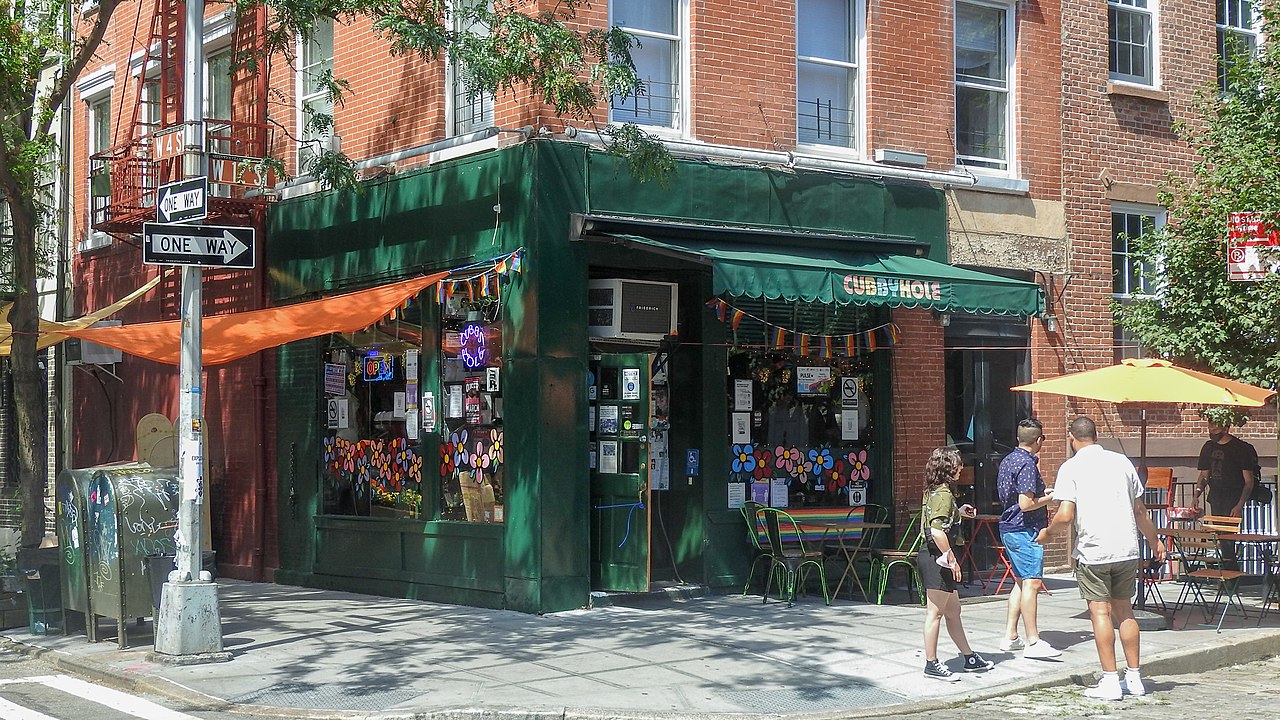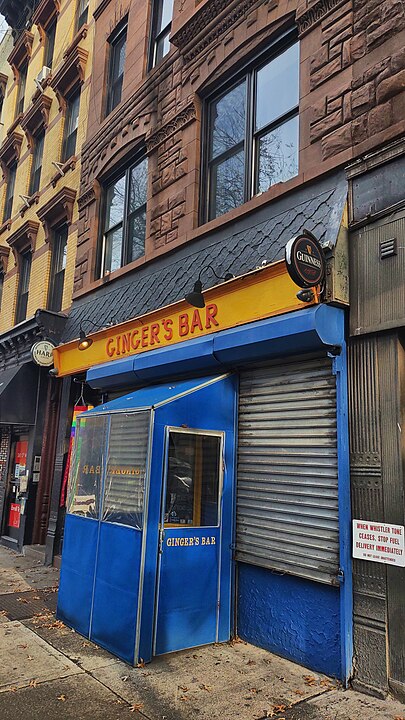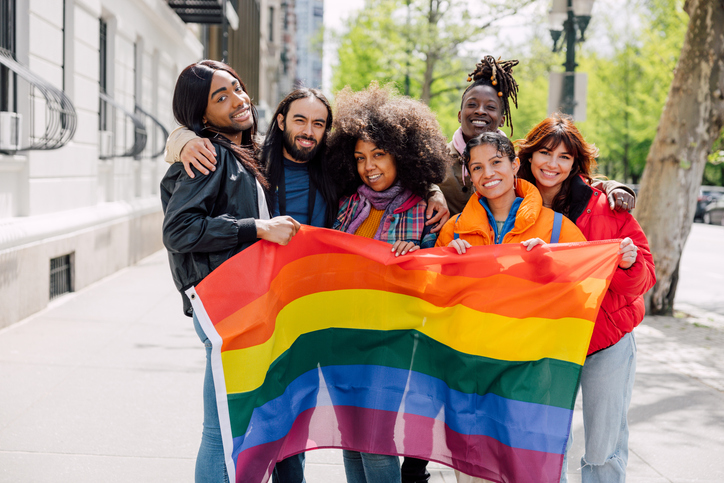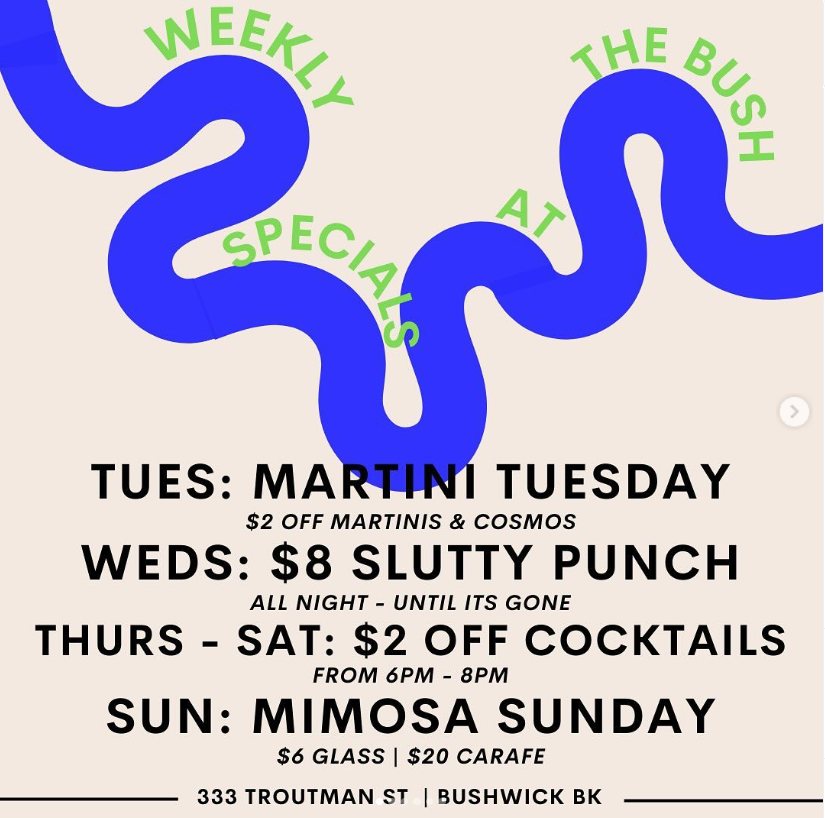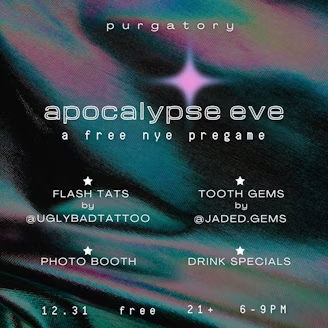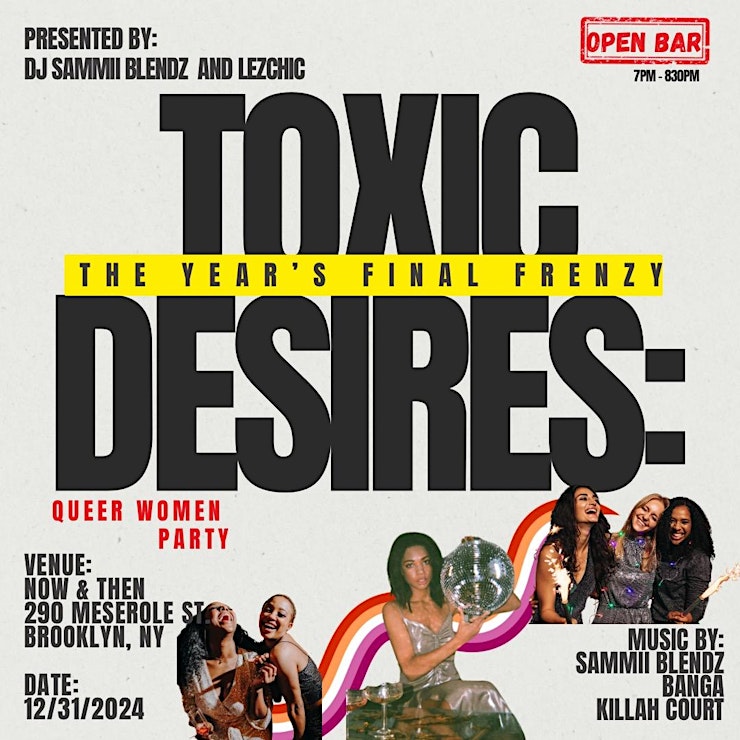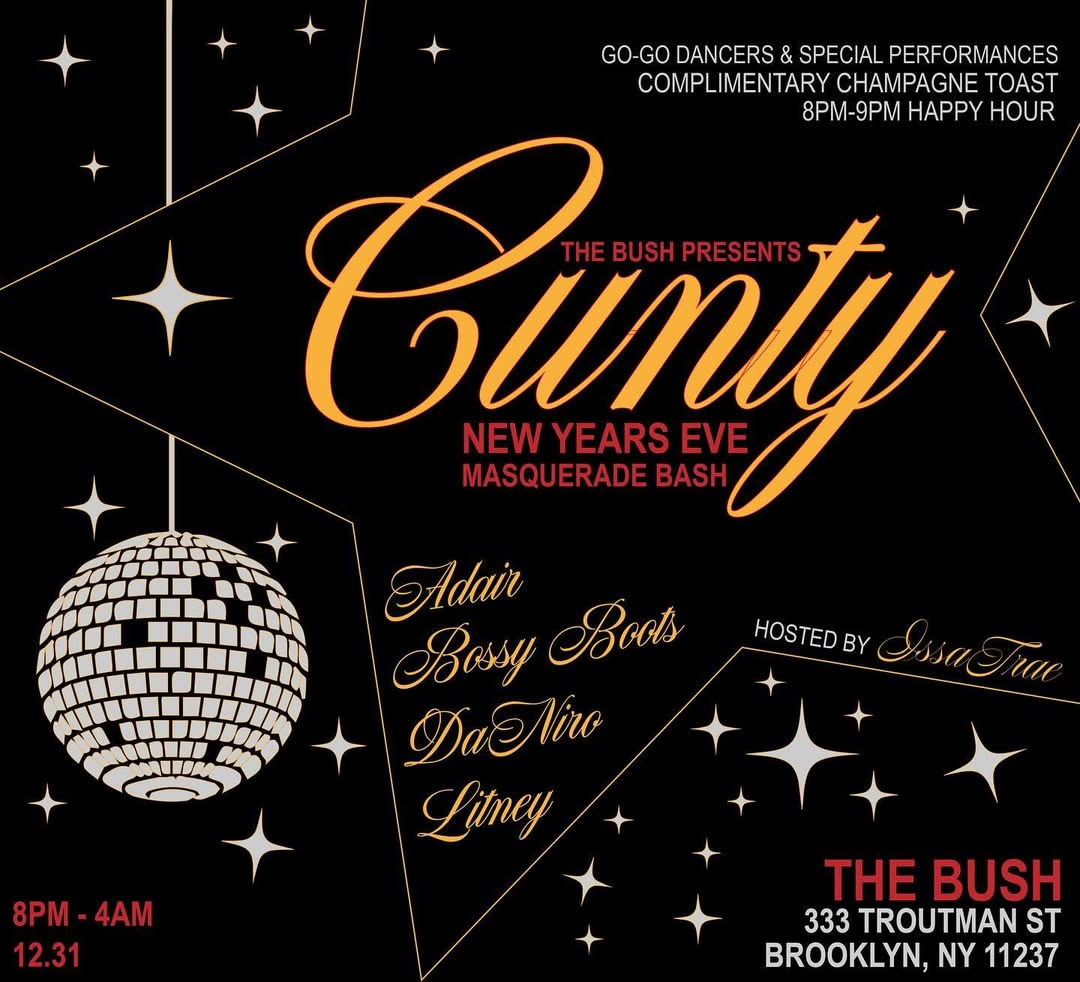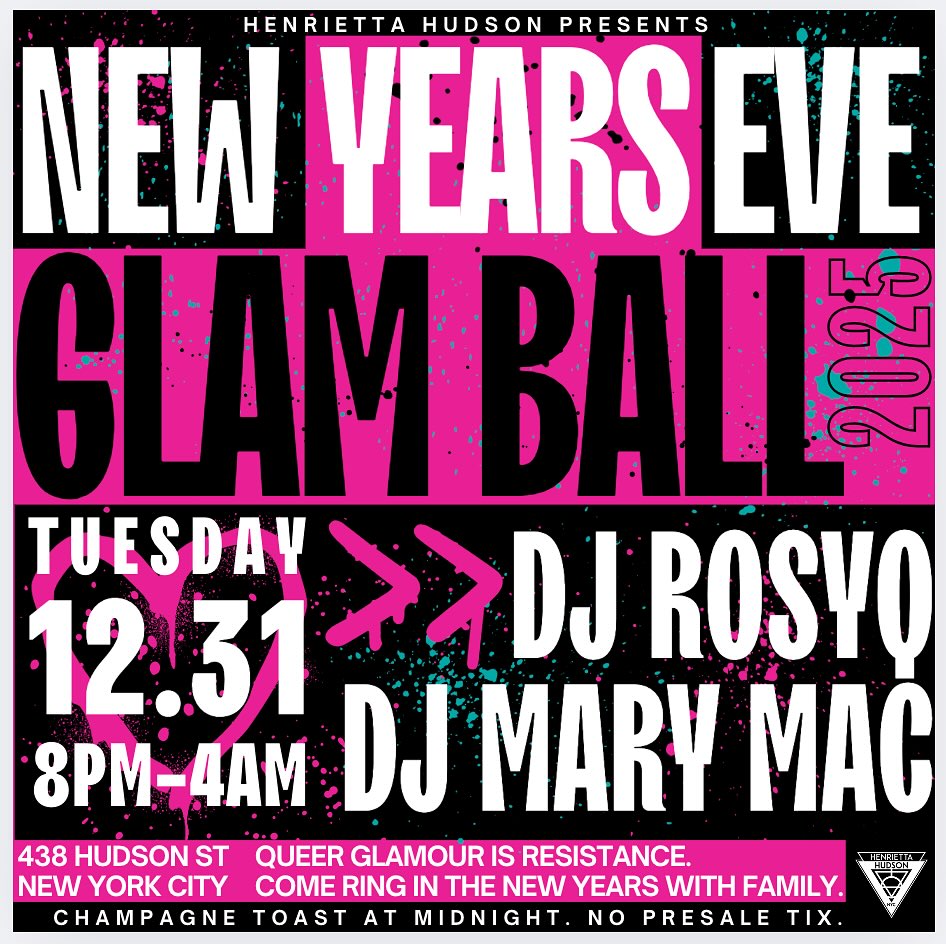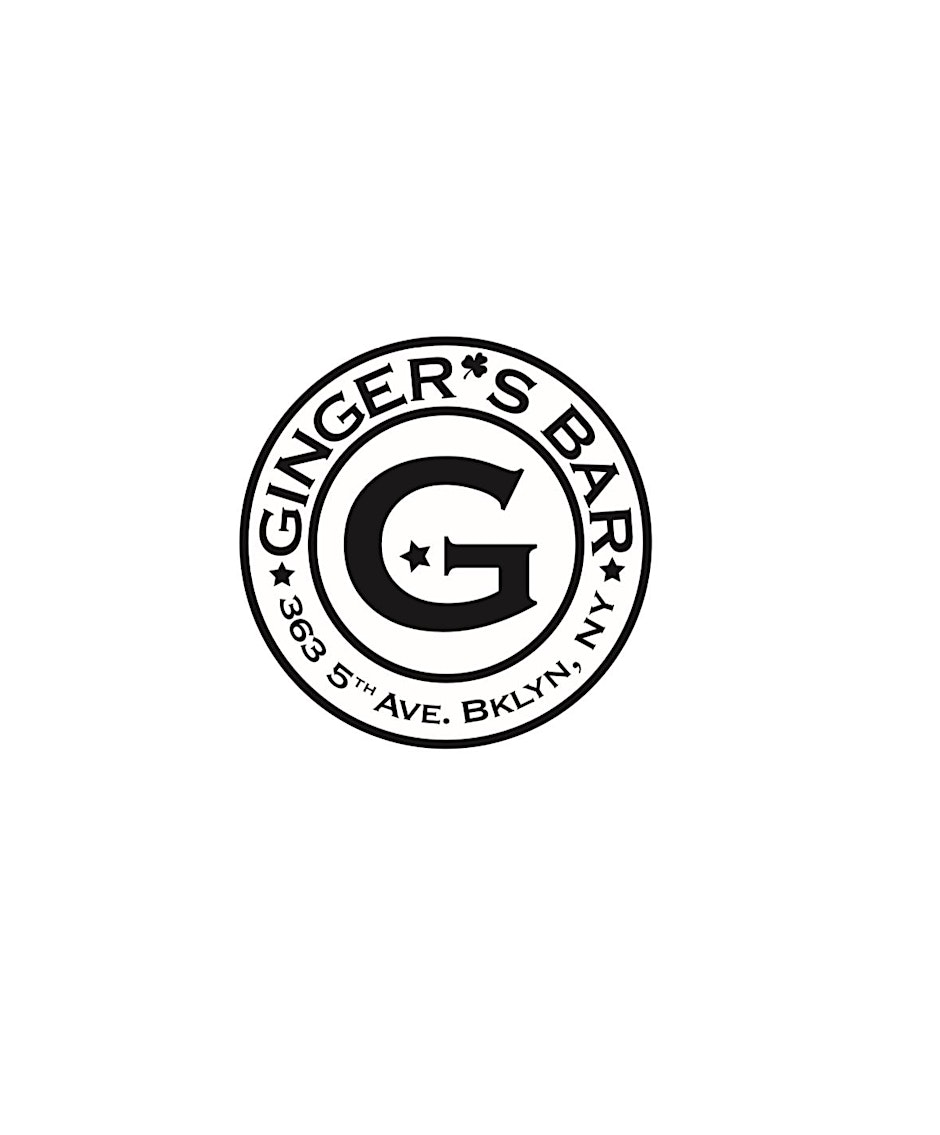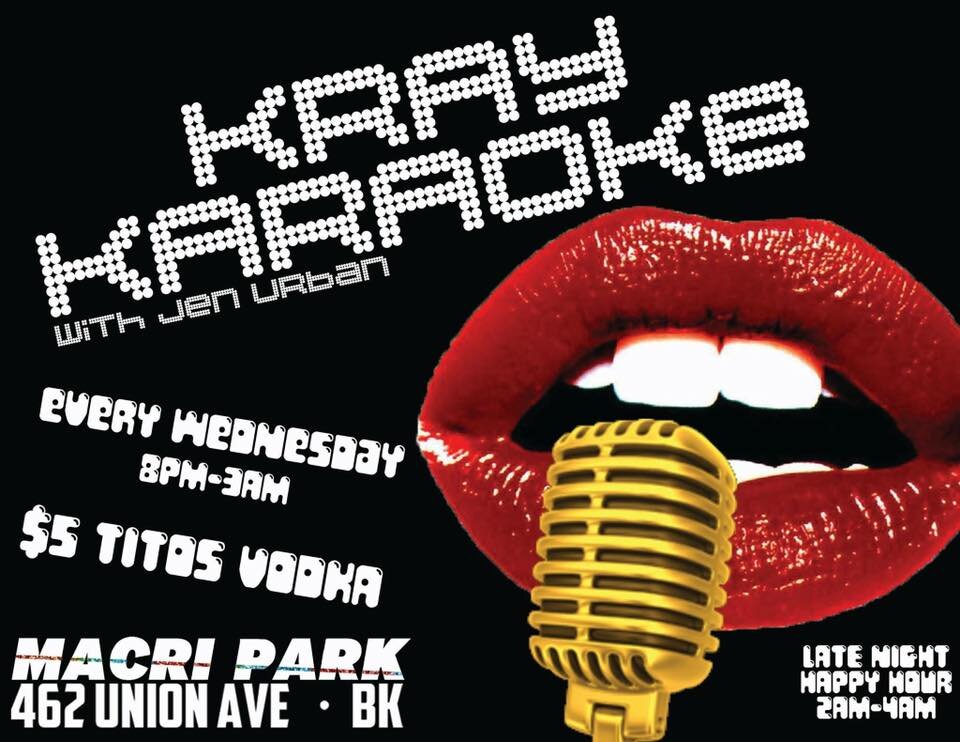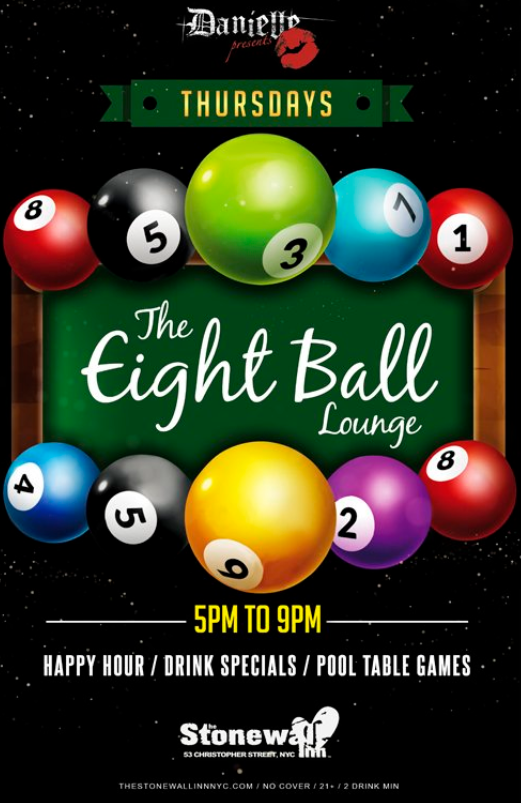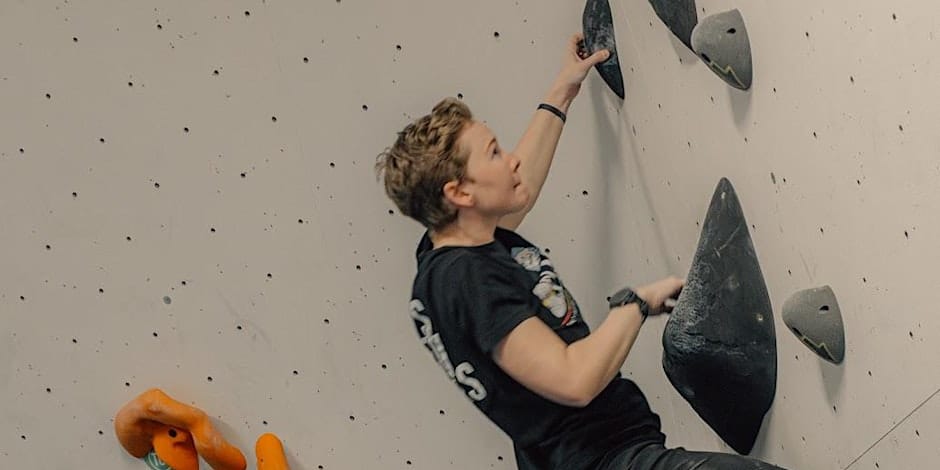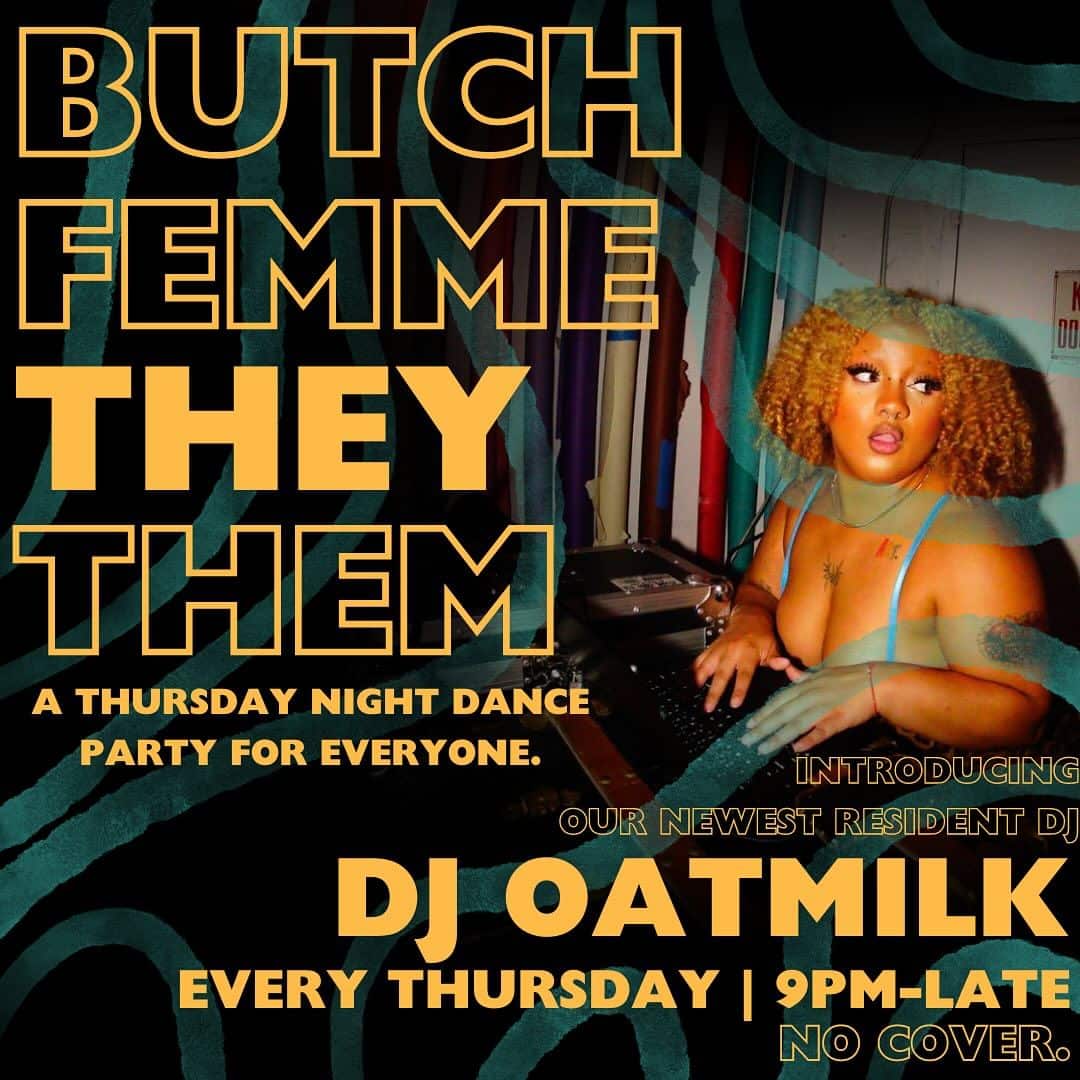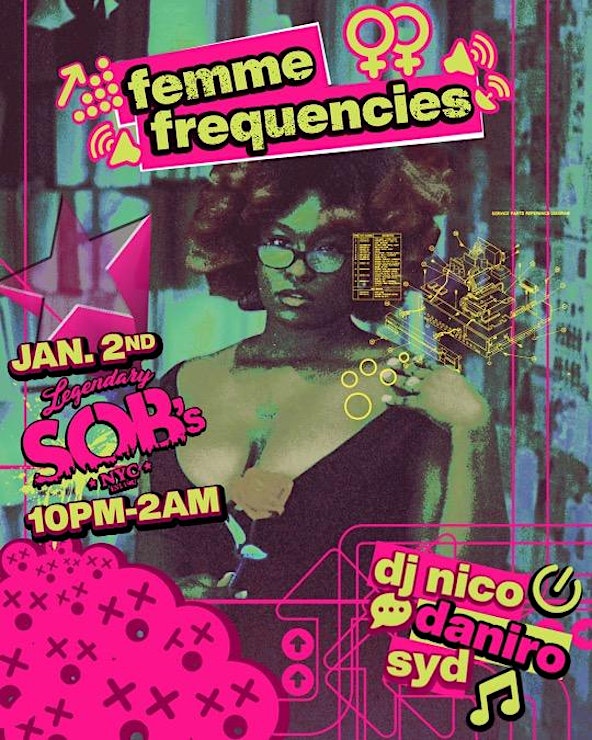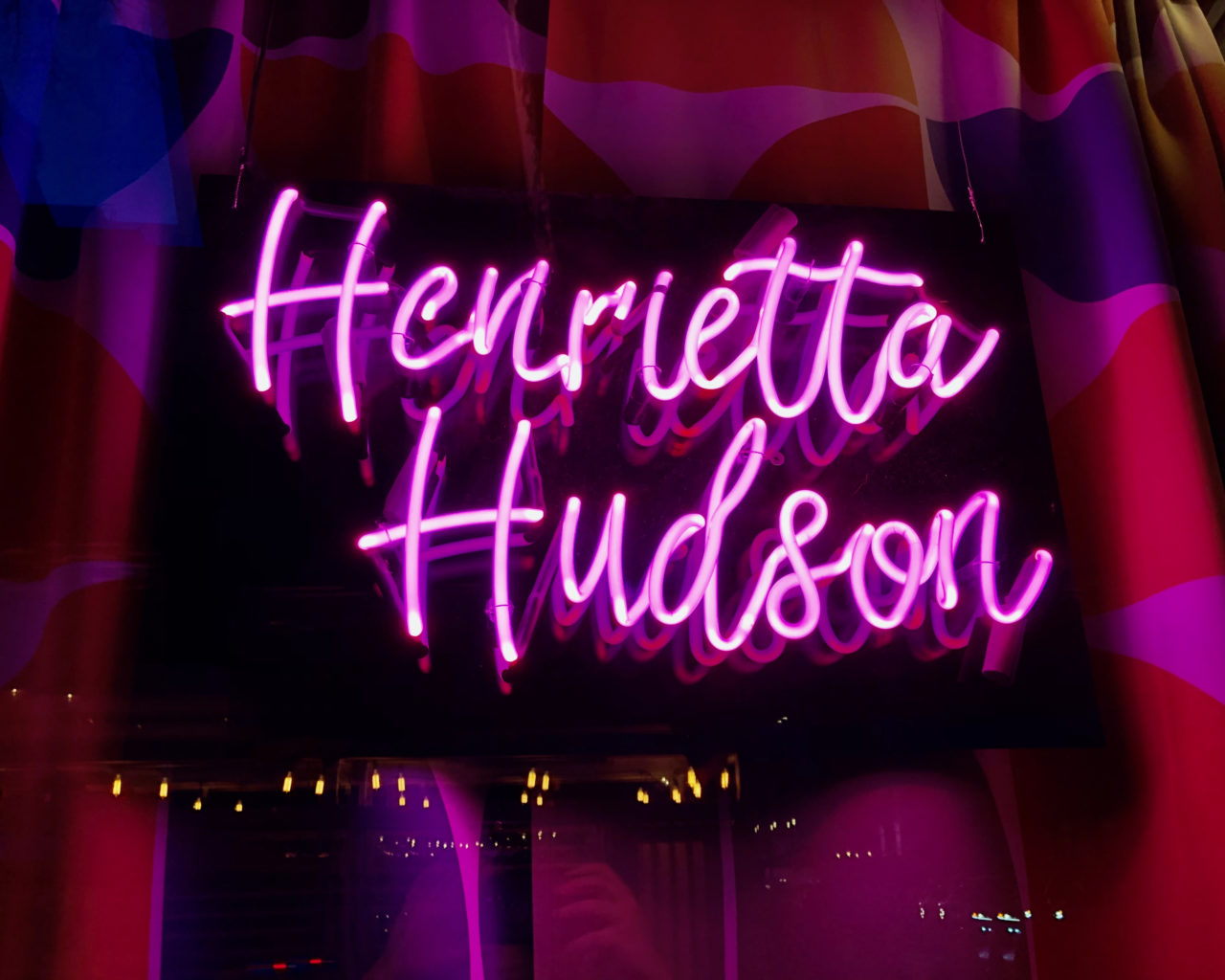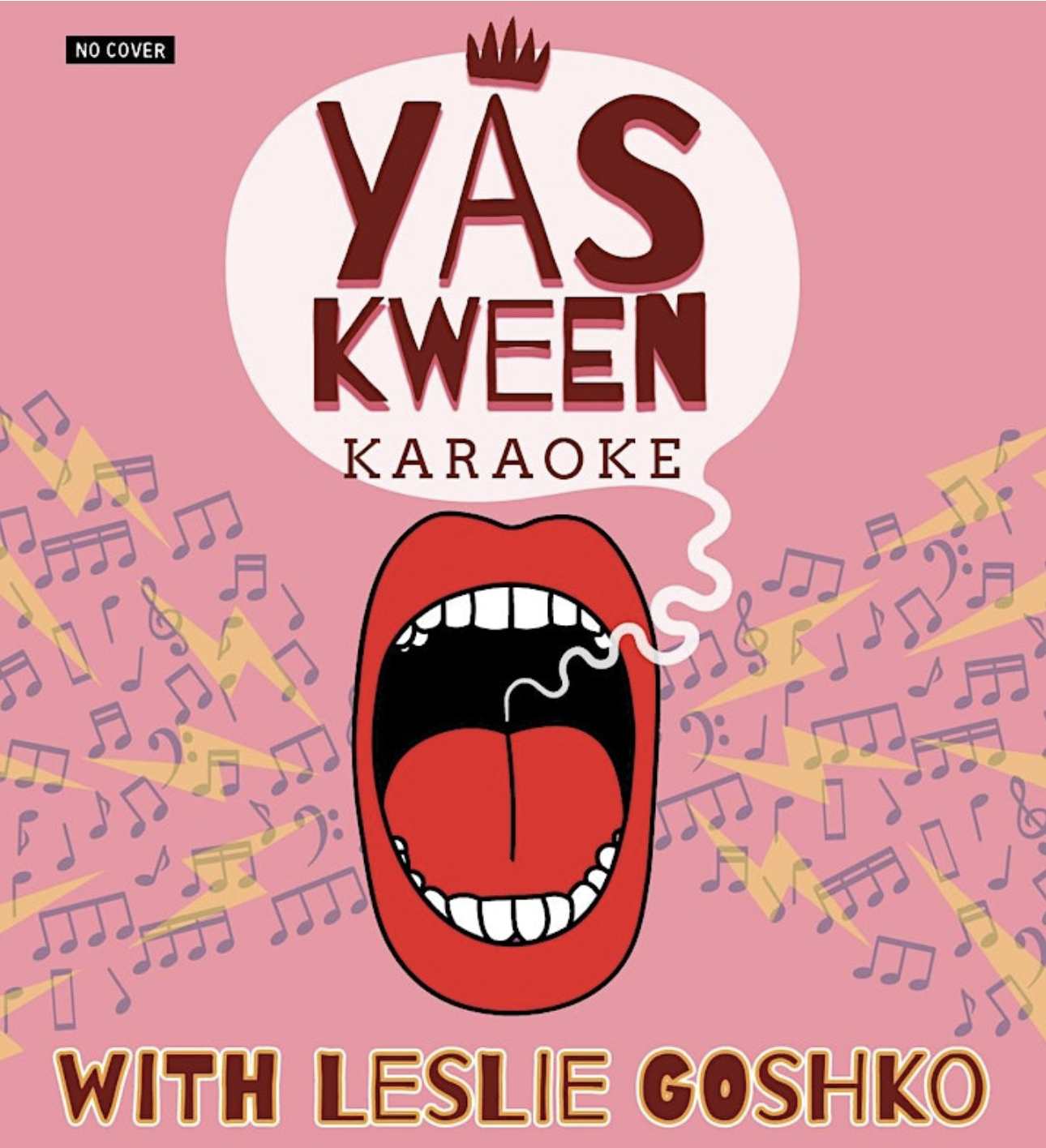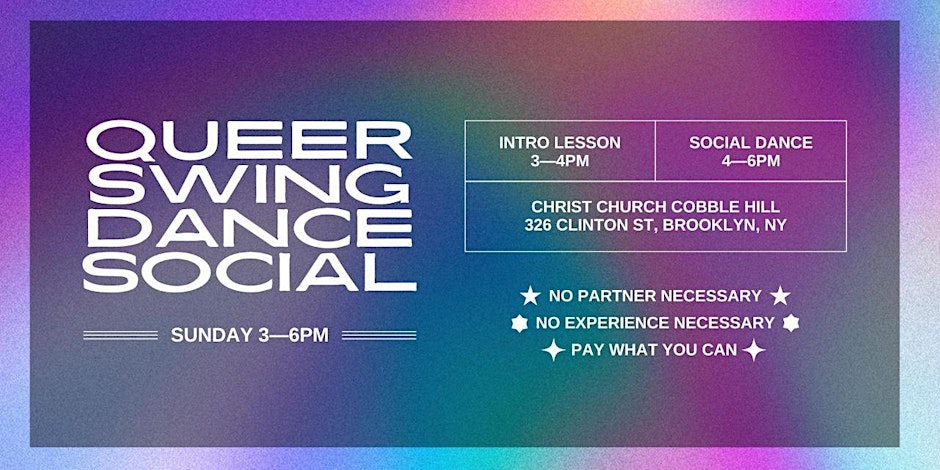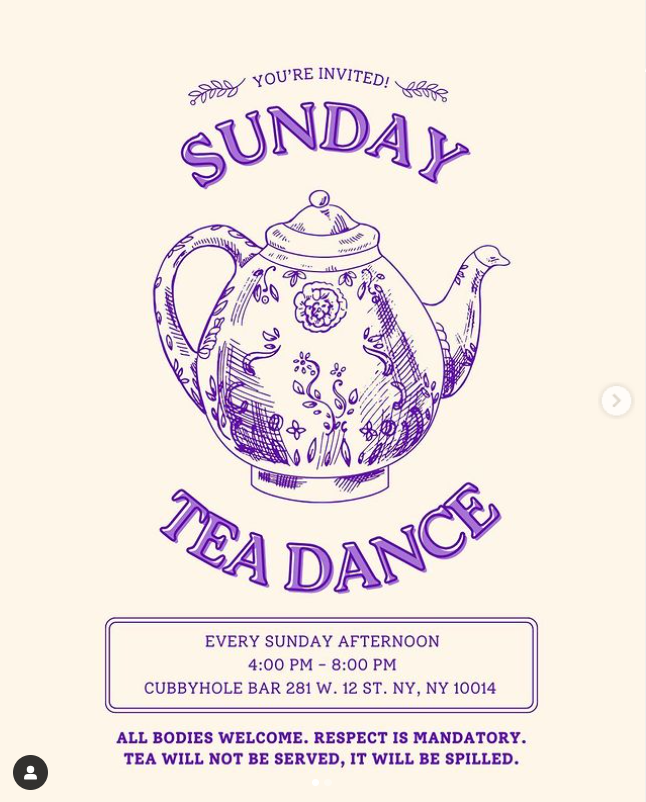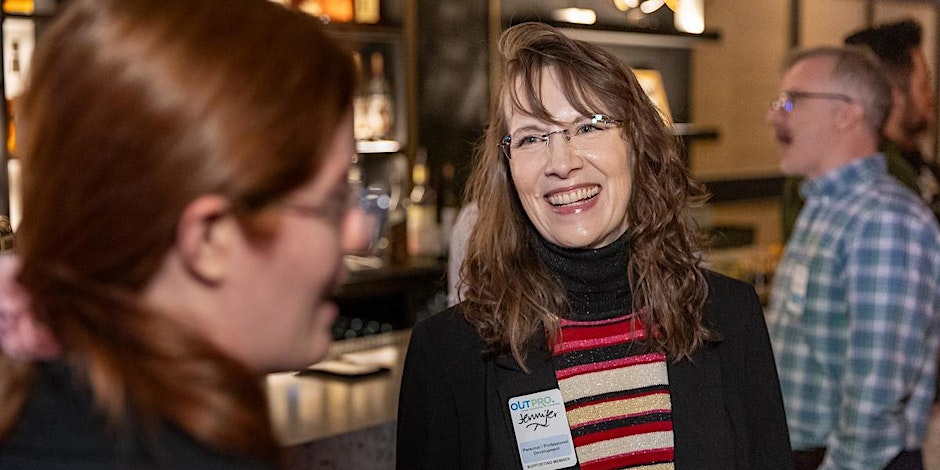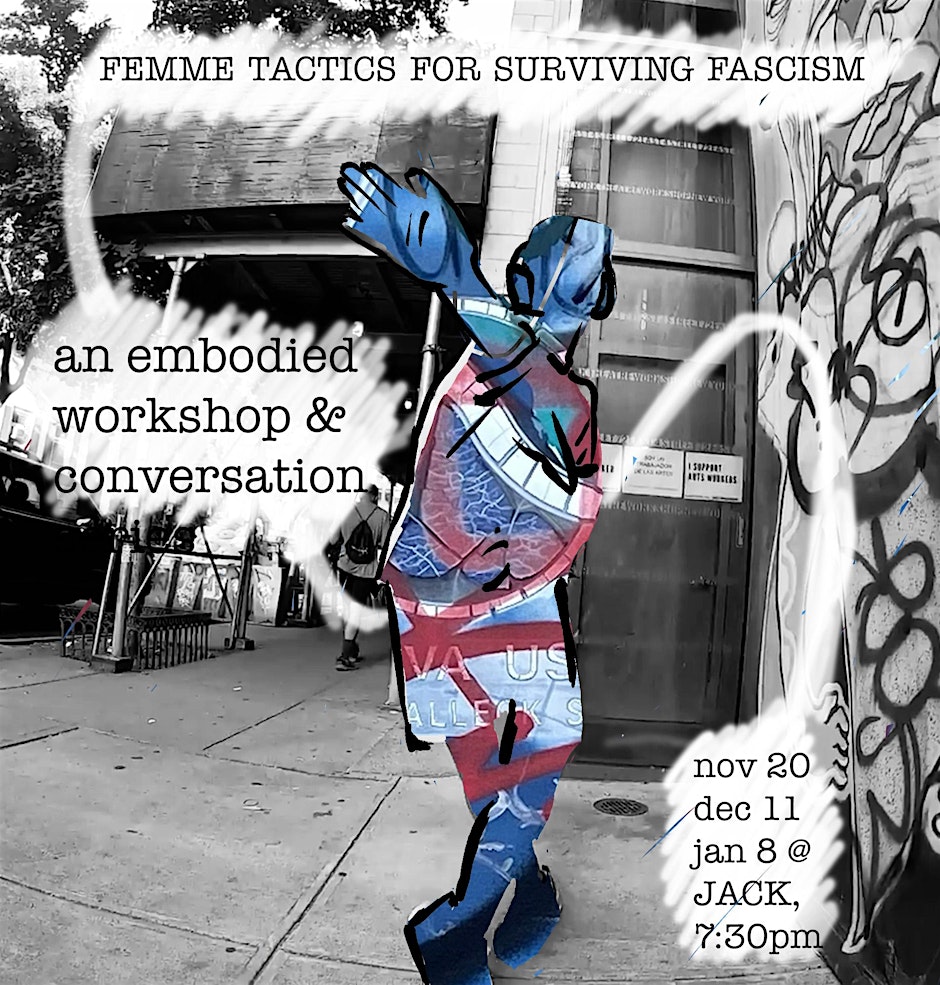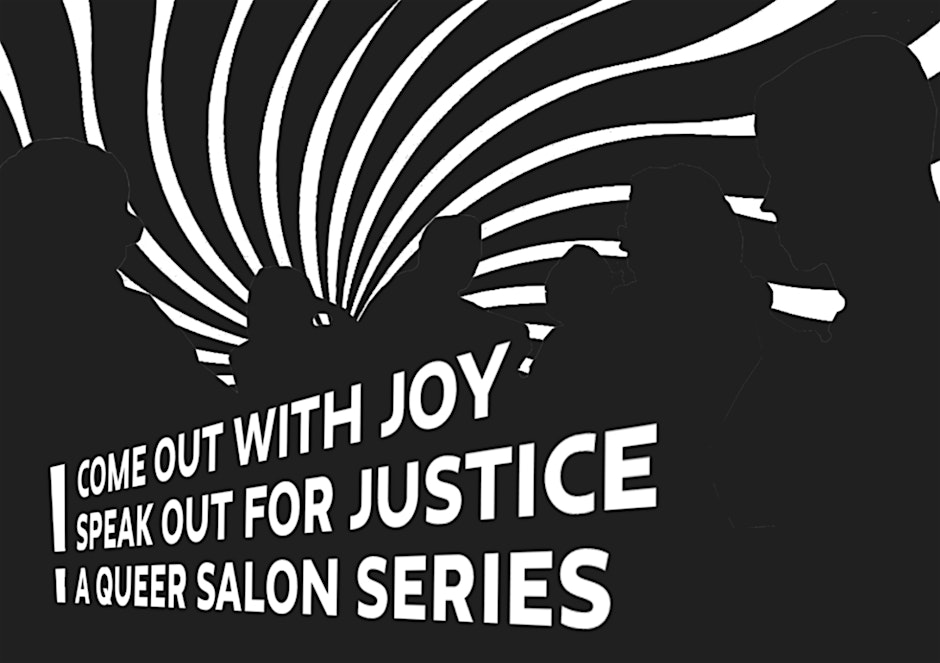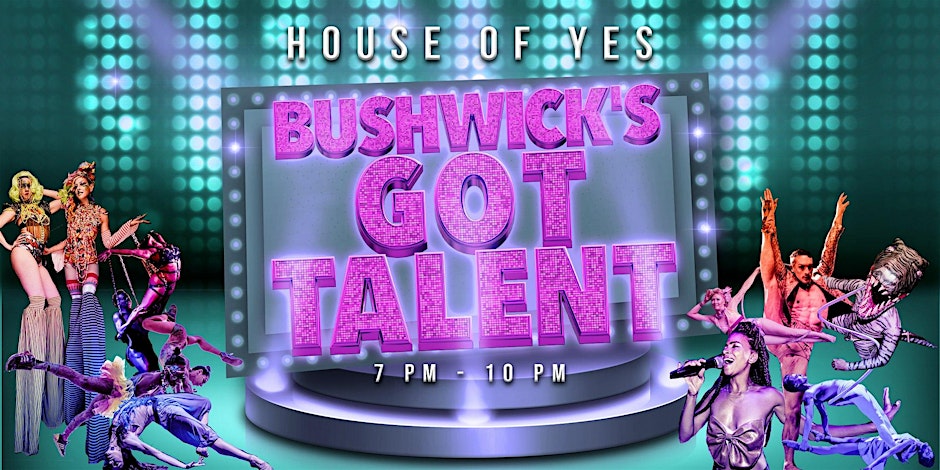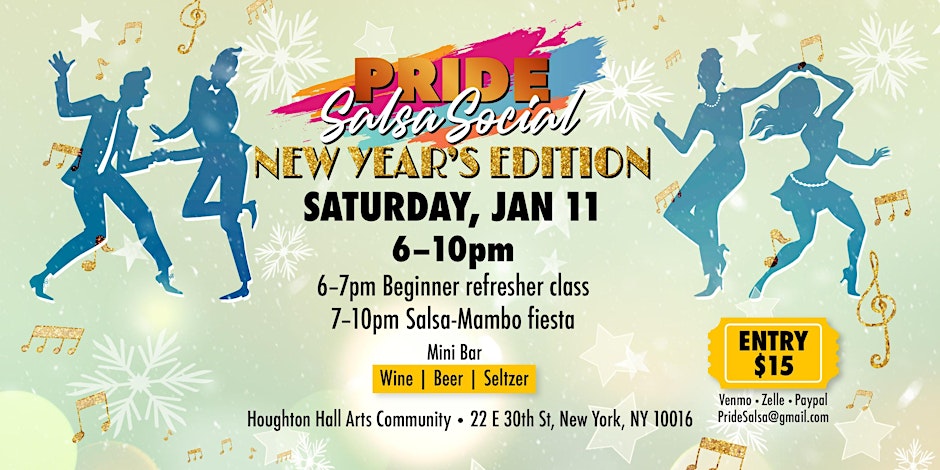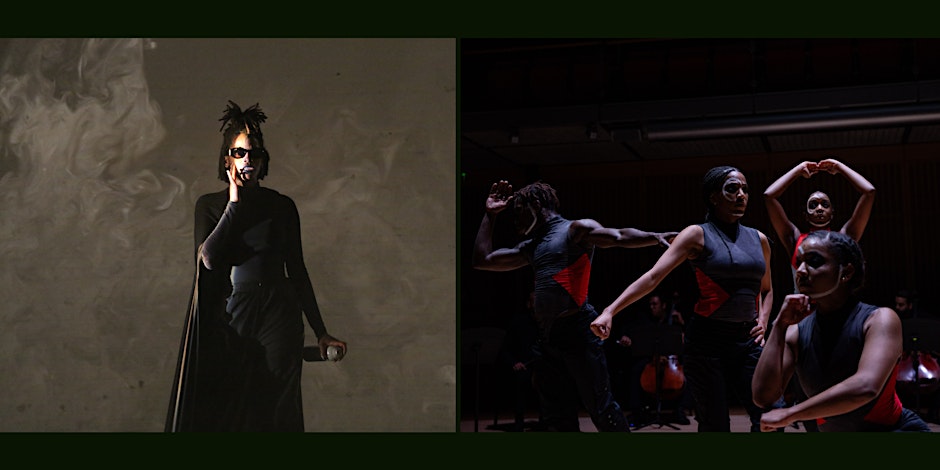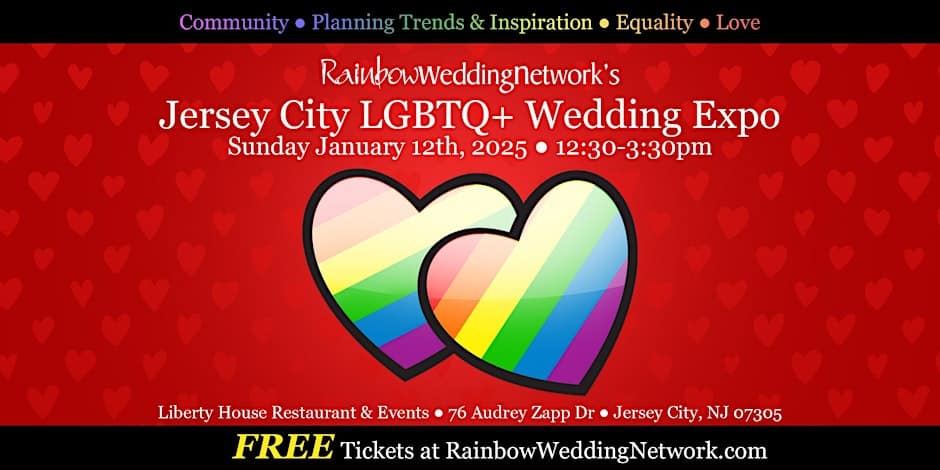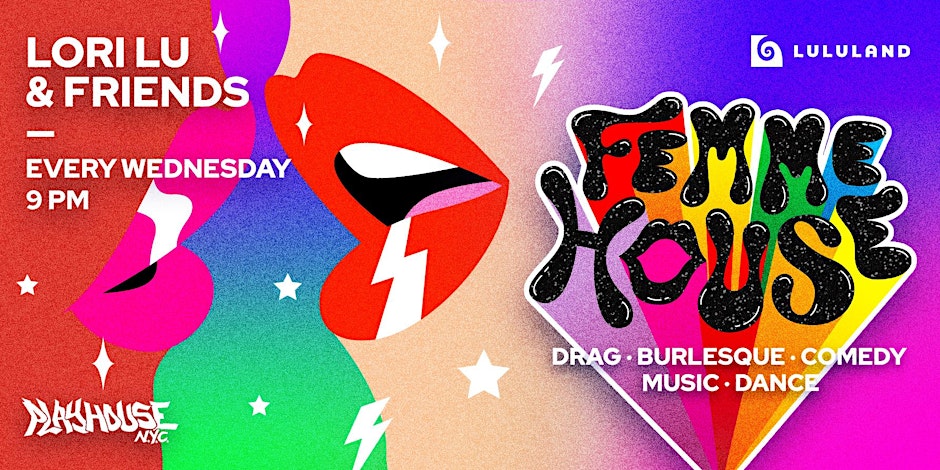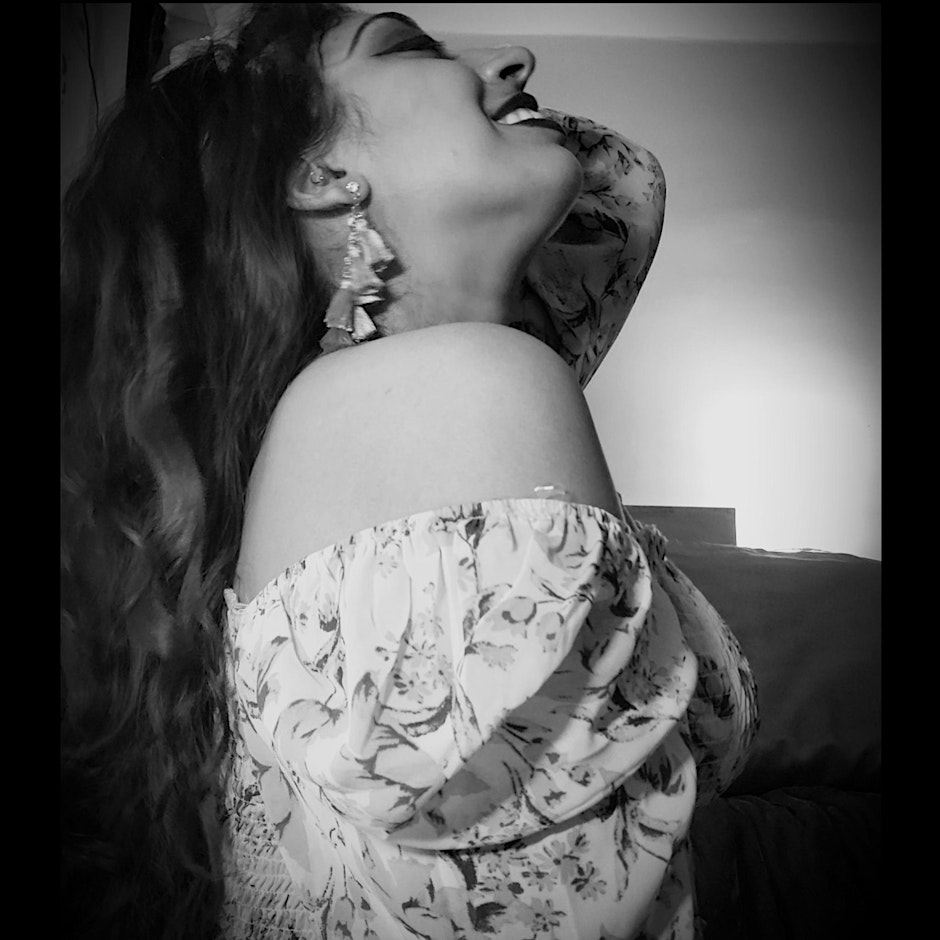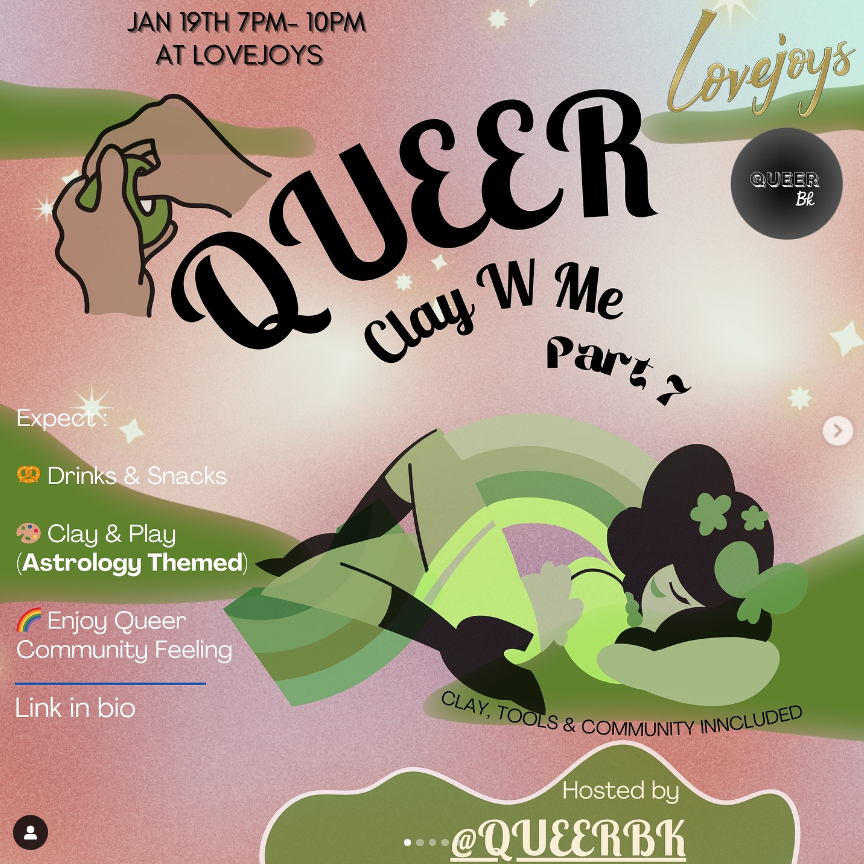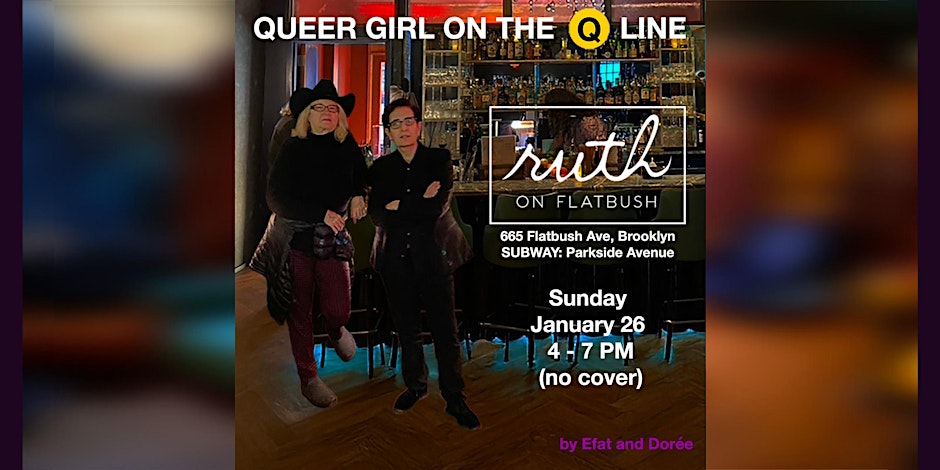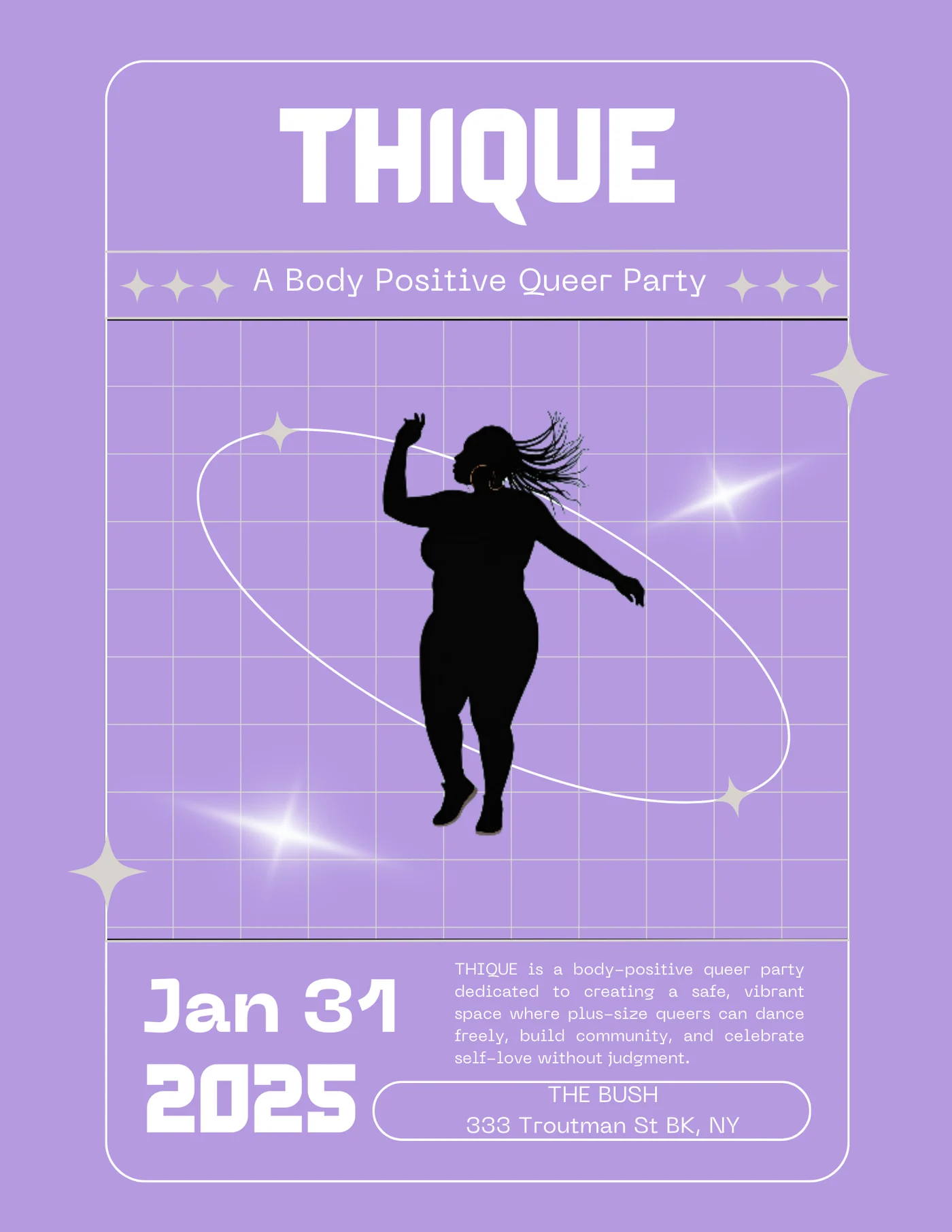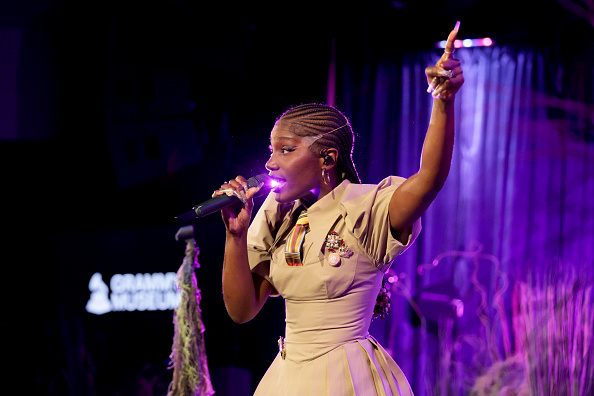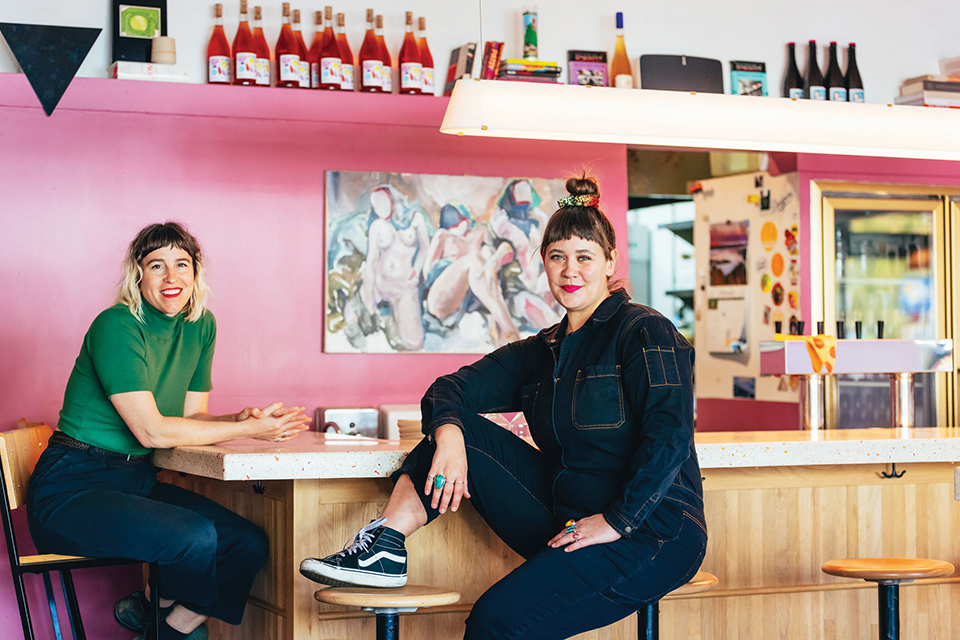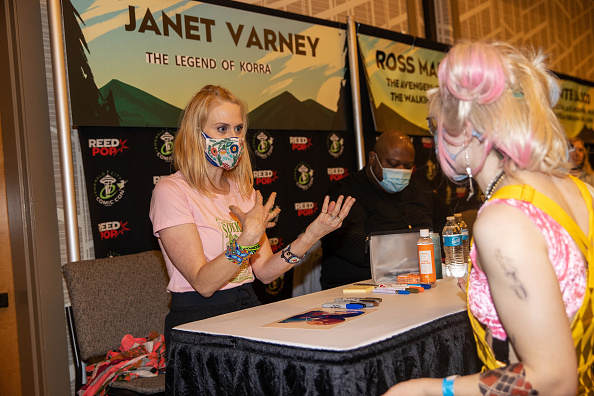OSLO, NORWAY
Winter may have its downside, but there is something undeniably romantic about city lights reflecting off snow-covered sidewalks. Scandinavia is known for being LGBT-friendly and there is no better place to have an outdoor adventure than in Oslo. Norway’s capital city has it all: ski slopes, stunning landscapes and a surplus of trendy restaurants, bars and clubs to keep you entertained for hours.
There’s no escaping nature when you set foot in Oslo, as more than half of the municipality is comprised of forests and parks. Unlike other northern European countries, the Gulf Stream warms the surrounding sea, making for a milder climate during the winter season. The city latitudes stretch from Oslo Central Station to the Royal Palace. The seafront spans from Akershus Fortress to Aker Brygge, where boat tours depart and the best restaurants to sample fresh seafood are found. What once was a run-down industrial part of town is now a hipster haven otherwise known as Grünerløkka. The neighborhood is comprised of three main ingredients: food, fashion and fun.
Vigeland Sculpture Park (Nobels gate 32, videland.museum.no) is one of Oslo’s most visited attractions every year and with free entrance, more than 200 sculptures and an impressive architectural outline of the park, it’s easy to see the allure. The collection of statues was designed by famed sculptor Gustav Vigeland and represents the complexity surrounding the human condition. Art fans will likely appreciate the Edvard Munch Museum (Tøyengata 53, munch.museum.no), especially his most recognized piece, The Scream. Also of interest is the Nobel Peace Center (Rådhusplassen, nobelpeacecenter.org) which consists of both permanent and rotating exhibitions and aiming to promote interest in issues relating to war, peace and conflict resolution around the world.
Don’t let the night chill keep you inside. SO (Arbeidergata 2, so-oslo.no), one of Oslo’s most popular lesbian bars, opened its doors in Fall 2009 and has since been named “Bar of the year” at the Norwegian Gal Gala for two years running. SO primarily caters to the lesbian market but gay men and straight people are more than welcome. Oslo’s London Pub (C. J. Hambros plass 5, londonpub.no) has been kicking around since the ‘70s and has yet to lose its mass gay appeal. Select your favorite song at the jukebox or play a friendly game of pool. Elsker (Kristian IVs gate 9, elsker-oslo.no) offers a quieter, more laid-back atmosphere perfect for grabbing a cocktail or dinner with friends.
Most Oslo hotels are designed with a particular angle in mind, whether it is view, cuisine or the royal treatment. The Radisson Blu Plaza Hotel (Sonja Henies plass 3, radissonblu.com/plazahotel-
Norway tends to have a bit of a bad reputation when it comes to cost effectiveness, and in all honesty, your money won’t go as far as you might hope. The Norwegian Krone’s less-than-stellar exchange rate to the American dollar shouldn’t stop you from making the most of your snowy Scandinavian escape. Proving to be a perfect blend of nature, green living and cultural availability, Oslo is a must-do on your world tour.
SAVANNAH, GEORGIA, USA
Winter getaways don’t mean you have to travel across the globe. Sometimes the most relaxing vacations are right in our own backyard, and in America’s case, this could mean a cross-country trip. The South may have a reputation for being more conservative than one might like, but Savannah doesn’t play by traditional rules. If you’ve ever watched the screen adaptation of Midnight in the Garden of Good and Evil, you know that this enigmatic southern city is anything but ordinary.
In many ways, touring Savannah will feel like taking a walk down memory lane. One glance at the city map and it’s apparent that the public park squares are the best navigational points of reference. Most of these squares are named in honor of a person or memorial of some sort—Johnson, Wright, Telfair and Reynolds to name a few. Savannah managed to emerge unscathed from General William T. Sherman’s path of destruction at the height of the Civil War, and thus is one of the largest surviving historic areas in the entire country. With old architecture still standing strong, stepping into Savannah may feel like a ride through the time machine.
Exploring Savannah can be as leisurely or as action-packed as you please. Walk at your own pace through the Historic District, hop on board a trolley or take a carriage ride through the streets. If you are feeling particularly daring, sign up for a spooky ghost tour. The Cathedral of St. John the Baptist, the Historic Savannah Theatre, Bonaventure Cemetery and Forsyth Park are among Savannah’s top touristic attractions. If you are looking for a bit of inspiration, a visit to SCAD Museum of Art (601 Turner Blvd, scadmoa.org) will do the trick. The museum features contemporary art and design straight from the students and professors at Savannah College of Art and Design. Don’t leave town without spending an afternoon at City Market (219 West Bryan St, savannahcitymarket.com), a pedestrian area filled with restaurants, bars and shops.
Savannah has a slew of gay-friendly hotels geared toward every budget. The Bohemian Hotel (102 West Bay St, bohemianhotelsavannah.com) has a contemporary style with a touch of vintage allure and overlooks the scenic Savannah River. The Inn at Ellis Square (201 West Bay St, innatellissquare.com) is another centrally located accommodation often called “the Grand Lady on Bay Street” and dripping in Southern hospitality.
One way to experience true Savannah locality is opting for a B&B rather than a large hotel. If you’ve never stayed at a bed & breakfast before, The Dresser Palmer House (211 East Gaston St, dresserpalmerhouse.com) is a great introduction to this type of lodging. Their gourmet Southern breakfasts, fireplaces and prime location in the Historic District add to its overall appeal.
When it comes to entertainment, Savannah has it covered. Rocks on the Roof (102 West Bay St, bohemianhotelsavannah.com) has all the essential ingredients for a relaxing night in the heart of Savannah. Sip a martini and snack on tapas while listening to live entertainment along the Savannah River in the historic district. For a bit more excitement, Club One Jefferson (1 Jefferson St, clubone-online.com) continues to be a local favorite among the LGBT crowd. On any given night, patrons are sure to run into lesbians and gays from the coastal islands, tourists and the occasional celebrity in town to film a movie.
SAO PAULO, BRAZIL
The best cure for beating a cold winter is by heading to where the sun does shine. Lucky for us, summer in South America occurs during our winter, making Brazil a more than worthy winter retreat. While Rio de Janeiro tends to get all the attention come Carnival, we think your suitcase should arrive in São Paulo this year.
São Paulo proves to be cosmopolitan in every sense of the word. Reigning as the largest city in South America and the third largest in the world, São Paulo effortlessly caters to a wide range of interests. With countless top-quality dining options, an exciting nightlife scene, unique fashion boutiques featuring Brazilian household brands and museums, your trip can be as adventurous or as relaxing as you choose.
Officially given city status in 1711, many of the old buildings have since been replaced with the skyscrapers seen today. The vastness of the city is expressed in the 11 million people who live here, with millions more residing in the outskirts. Often hidden in the shadows of Rio de Janeiro and Salvador, São Paulo has emerged as a hub of international cultures, cuisines and attitudes.
São Paulo houses the largest Japanese population in the world outside of Japan. Other notable communities range from Korean-Brazilians to Arabs and Jews, with many of the city’s population having Italian ancestry.
As its size might suggest, São Paulo has several main attractions you don’t want to miss. The MAM-Museum of Modern Art (Ibirapuera Park, mam.org.br) might allude to modern artwork but their permanent collection actually consists of 4,500 post-contemporary pieces. The entire collection includes paintings, sculptures, installations and photography by artists like José Resende, Volpi, Ligia Clark and Leda Catunda, among other notable creators. For a dose of cultural history, Catedral Metropolitana da Sé (Praça da Sé, s/nº – 01001-000, catedraldase .org.br) stands in all its gothic glory just off Plaza Sé and is the largest and most recognizable church in all of São Paulo.
As fascinating as museums and old-style churches are, São Paulo would be nothing without its outdoor spaces. When the burdens of city life become too great to bear, just head to the Parque Estadual Serra de Mar (saopaulo.sp.gov.br/conhecasp/
São Paulo also has a number of public parks ideal for leisurely afternoon strolls in between museum hopping and people watching at the local café. The Botanical Garden, Villa Lobos Park, Horto Florestal and Zoo Safari are good starting points. Many of the parks offer activities suitable for all ages and skill levels. Enjoying the great indoors is not complete without some well-deserved Brazilian beach time and spotting perfection won’t be difficult. The combination of white sand, calm water and an open-minded, hospitable environment is the perfect recipe for relaxation.
São Paulo’s 24-hour lifestyle is reflected in the impressive amount of quality hotels, restaurants and bars throughout the city. There are a total of 410 hotels and more than 42 thousand rooms for travelers to book, with prices ranging from budget to luxurious. International chains include Hyatt, Hilton, Intercontinental, Marriot/Renaissance, Accor, Meliá, and Radisson. Those who prefer a boutique hotel stay can choose to stay at Fasano, Emiliano or Unique among other sophisticated and custom options.
When your stomach starts growling it’s time to eat. Sample classic Japanese cuisine at Restaurant Kinoshita (Rua Jacques Felix, 405 Vila Nova Conceicao, restaurantekinoshita .com.br) or test your taste buds with daring food at Bel Coelho’s Clandestino (Alameda Franca, 1590, 01422-001, duirestaurante .com.br). Don’t turn in before grabbing a drink at Farol Madelena (Rua Jericó, 179, Vila Madalena, 05435-040, farolmadalena.com.br) a legendary lesbian bar, eatery, concert venue and dance club. The L Club (Rua Luís Murat 370, Vila Madalena) and Bubu Só Para Elas (Rua dos Pinheiros 791, Pinheiros) are other hotspots to throw into the mix.
If you plan on having a low-key vacation in São Paulo this winter, it’s possible—but not likely. The city’s annual Gay Pride Parade takes place in June but the party never really stops. The winter season kicks into gear on December 31st, a day reserved for both the São Silvestre International Marathon and a New Year’s Eve celebration on Av. Paulista. Celebrate the colorful city of São Paulo during their City Anniversary on January 25 and don’t forget about Carnival and São Paulo Samba Parade come February.
TEL AVIV, ISRAEL
A far cry from what an outsider might assume, Tel Aviv is one of the world’s most multi-faceted cities and by far Israel’s most entertaining. When you’re not soaking up the sunshine, head to one of the outdoor markets to sample traditional food and fresh fruit or get inspired at the Design Museum Holon (Pinhas Eilon St 8, Holon, dmh.org.il).
Tel Aviv is conveniently situated along the Mediterranean coast roughly 40 miles from Jerusalem. Although more commonly known as Tel Aviv, the city’s official name is Tel Aviv-Yafo to reflect the growth of the city over the years, Yafo (Jaffa) in particular. The five neighborhoods you are most likely to encounter are The White City, Neve Tzedek, Jaffa, Tel Aviv Port and Florentin. Similar to other global cities, much of Tel Aviv’s touristic attractions are located in the city center, which runs from Allenby Street to Yarkon River. Cited as the world’s oldest port, Jaffa has an unpatrolled personality and style. Graffiti, street food and jaw-dropping views of the sea add to its undeniable charm.
Within this country roughly the size of New Jersey, it’s nearly impossible to fit every historic wonder into you trip, but there’s nothing wrong with giving it a shot. Jerusalem, Masada and the Dead Sea are all less than a two-hour drive away from Tel Aviv and booking an organized tour or hopping on board a public bus are easily done. Similarly, getting around Tel Aviv itself is both simple and scenic. The city is very walkable and there is also a comprehensive bus system that extends to the suburbs. Many travelers opt to tour the city by bike by taking advantage of Tel Aviv’s public bike sharing system, Tel-O-Fun (tel-o-fun.co.il/en) If all else fails, don’t be shy to ask for directions. You will quickly learn that almost everyone in Tel Aviv speaks English.
Even during the cooler months the beaches serve as a popular hangout. Tel Aviv’s Hilton Beach was recently ranked among the “Top Ten Gay Beaches in the World” by GayCities.com. Packed with international travelers and locals alike, there is no lack of weekly parties even during the winter season. Naturally, this beach is filled to the brim during the city’s annual Gay Pride festivities every June where thousands of gay and lesbian travelers sample Tel Aviv’s infamous nightlife and thriving art scenes through a variety of live musical performances, energetic dance parties and colorful parade.
Tel Aviv’s pulse beats a little faster come nightfall. It’s not every day that one can party inside a Crusader-era building but that’s exactly the scene at Jaffa Bar (30 Yefet St). The mood is fairly low-key but the eccentric plush couches and armchairs speak for themselves. Although Beit Hashoeva (20 Beit Hashoeva Alley at Allenby St) now stands where the legendary lesbian bar Minerva once did, the same clientele flocks here on a nightly basis. Evita (31 Yavne St), a coffee house and bar, showcases a variety to entertainment throughout the week including their very own Eurovision Contest, Drag Night and Karaoke performances. Eden House Premier (11 Yishkon St, Kerem Hateimanim, edenhousetlv .com) may be the new kid on the block but it’s already making a splash among gay and lesbian barhoppers. For an up-to-date account of nightly discounts and themed parties, the TLV Scene iPhone application may score you a free drink while you wait in line.
Hotels range in price and location but most travelers opt to stay within walking distance to the beach. Artplus Hotel (35 Ben Yehuda St, atlas.co.il/art-hotel-tel-aviv) is entirely dedicated to Israeli art, as seen in the murals placed on every floor, video art by Sigalit Landau in the lobby and furniture ranging from retro to sleek and modern. Strategically located just a few blocks from the art galleries on Gordon Street, the lodgings are guaranteed to awaken your creative side. For the ultimate in luxury with a small-town feel, the Brown Hotel (25 Kalisher St, browntlv.com) is quietly nestled in the middle of the Neve Tzedek quarter, Rothschild Boulevard and the vibrant Carmel market. Surrounded by restaurants, bars, boutiques and galleries in every direction, the Brown introduces guests to the trendy side of Tel Aviv.




